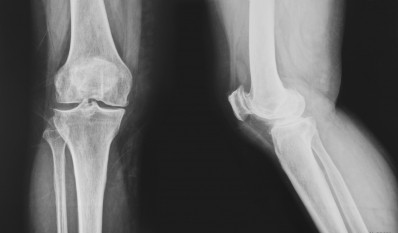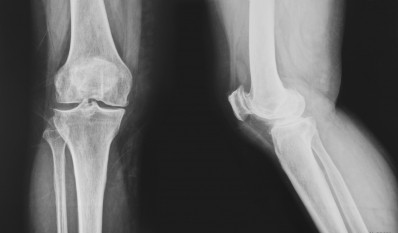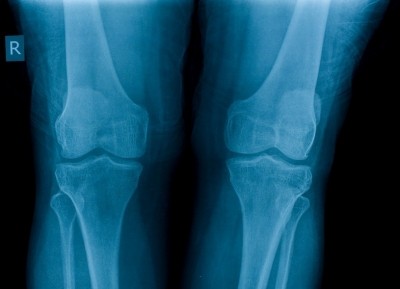Consumers shortchanged as formulators cut chondroitin use, dosages, Synutra CEO says

Weiguo Zhang, CEO of Synutra Pure, a major supplier of the ingredient, said his company’s efforts to clean up adulteration in the sector seem to be be bearing some fruit, given perhaps a push by the actions of the New York Attorney General. But the price of the ingredient has almost doubled to the point where some formulators are cutting dosages below efficacious levels or are leaving the ingredient out altogether.
“I think there are some good things coming out of this,” Zhang told NutraIngredients-USA. “But there are some other things going sideways.”
Adulteration dying down
First to the adulteration. Concerns about the chondroitin supply chain increased in 2014 when a team of industry and analytical experts convened by Synutra identified an adulterant in chondroitin sulfate as sodium hexametaphosphate, or Calgon.
In addition to identifying the adulterant, the team also developed a method to test the ingredient. The most commonly used chondroitin assay method, cetylpyridinium chloride (CPC) titration, can be fooled by various known adulterants. Utilizing cellulose acetate membrane electrophoresis (CAME) before CPC can weed out any adulterated product, however. Electrophoresis is a method that uses an electric field to separate substances – the substances move by different amounts when in a colloidal suspension.
CAME, which has been in the USP monograph for chondroitin sulfate for years, is an inexpensive (as little as $190 per sample), simple, and effective procedure that can be used as a qualitative raw material screening tool before running quantitative methods such as CPC or other specific methods such as enzymatic HPLC.
The research group’s method was published in the Journal of AOAC International.
“I think the industry did get alerted and the major players are all taking up this methodology and are using it, and that’s a good thing. The adulterants that we identified in the paper, it’s now harder to find them in the market,” Zhang said.
Price points
But that’s only half the battle. Having a cleaner ingredient doesn’t mean much if it isn’t getting to consumers. Zhang said chondroitin is the best researched joint health ingredient and has the longest history, but recent price increases for the raw material that is processed in China means that fewer products on the shelf now contain this important constituent.
“We did research five years ago and again two months ago. We took joint health products off the shelf and scanned their supplements facts panels. We found that the availability to consumers of chondroitin declined from 27% of those products in 2010 to 10% to 16% today,” he said.
Zhang said in addition to chondroitin being left out of products altogether, his company has seen a trend toward lower dosages.
“All of the clinical studies over the past twenty years have been showing efficacy at 800 mg or more. One of the big national brands we surveyed had only 200 mg,” Zhang said.
Zhang said recent formulation trends have seen companies use other ingredients that might be less expensive and might have benefits that don’t drive directly at improving cartilage health and stability. Curcuminoids, with their anti inflammatory activity, are a frequent choice for joint health products, sometime apparently in lieu of chondroitin. Zhang said he doesn’t dispute curcuminoids have their own sort of activity, but in his view using them in this way is akin to taking an apple and trying to pass it off an an orange.
“When consumers went to the joint health section in the store five years ago they had a greater likelihood of getting a more fortified product. Chondroitin is considered the key ingredient in joint health; it is considered a pharmaceutical grade ingredient in Europe and is sold in prescription drugs for osteoarthritis there,” Zhang said.
“If you want to have a real joint health product you need to have chondroitin to address the structural and functional aspects. We all owe consumers some really straightforward communication and we need to be upfront about what we are giving them. We shouldn’t be selling them something that will make them feel better just for the day,” he said.
















